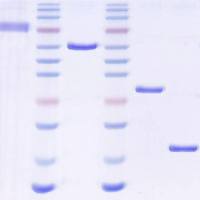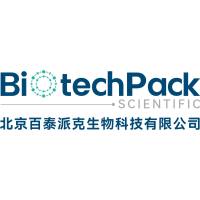DIG (Digoxigenin) labeled RNA probe In situ hybridization protocol
互联网
实验步骤
Place the slides in a rack, and perform the following washes:
5) Xylene 1:1 with 100% ethanol: 3 minutes
6) 100% ethanol: 2 x 3 minutes
10) Running cold tap water to rinse
3. Rinse slides five times in distilled water
6. Add 100 µl hydridization solution to each section
4 M NaCl
100 mM EDTA
200 mM Tris-HCl pH 7.5
100 mM NaH2 PO4 .2H2 O
100 mM NaH2 PO4
10 g Ficoll
10 g PVD (polyvinylpyrrolidine)
10 g BSA (Bovine Serum Albumin)
500 ml sterile dH2 O
To prepare 1 liter of 20 x SSC:
For 1 liter:
Wash 1 50% formamide / 2 x SSC
3 x for 5 min, 37-45°C.
Wash 2 0.1-2 x SSC
3 x for 5 minutes, 25°C to 75°C.
11. Wash twice in MABT (maleic acid buffer containing Tween 20) for 30 minutes at room temperature.
MABT is gentler than PBS and is more suitable for nucleic acid detection.
15. Wash slides 5 times with MABT, 10 minutes for each wash, room temperature
18. Rinse slides in distilled water.
19. Air dry the slides for around 30 minutes. Wash in 100% ethanol, then air dry thoroughly.









